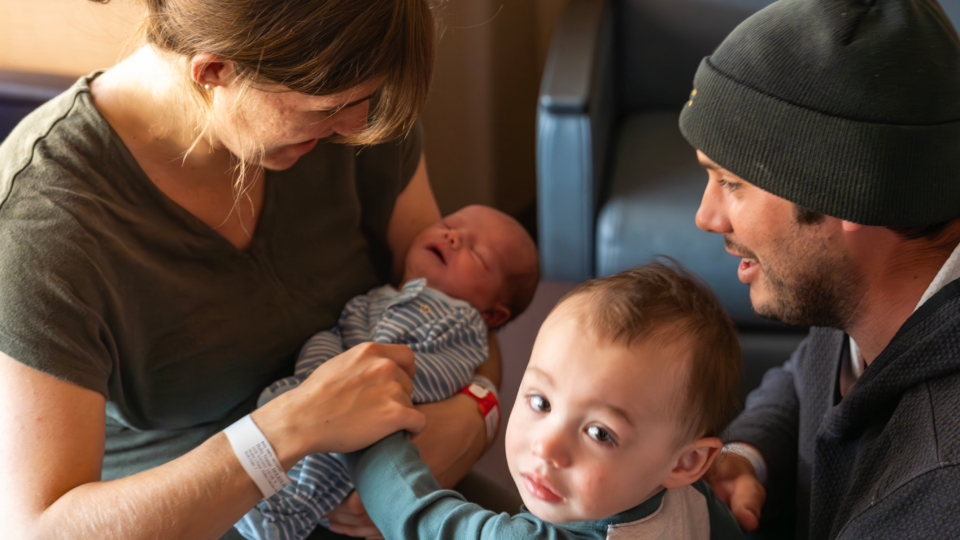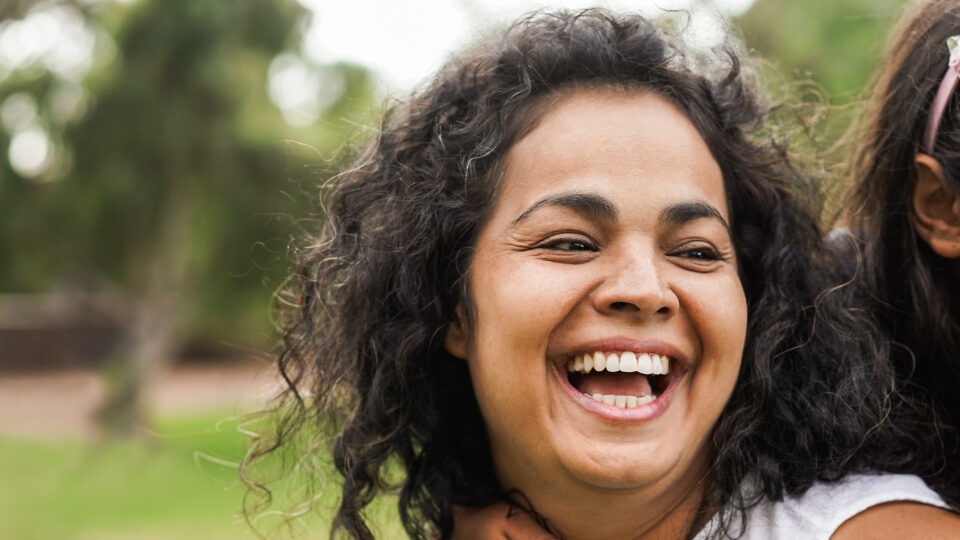Vulvar Lichen Sclerosus
What is Vulvar Lichen Sclerosus
Lichen Sclerosus is a long-term skin disease that mainly affects the genital skin. It usually starts around the age of menopause but may occur at any age. It occurs in at least 1 in 1000 women but may also affect men and children less frequently. The skin outside the genital region is less commonly involved. This condition usually appears as white, fragile skin patches that can sometimes look crinkled. But it can have a shiny smooth surface.
What causes Lichen Sclerosus?
The cause of Lichen Sclerosus is unknown. It can be associated, in some patients (and/or their close relatives), with autoimmune diseases such as thyroid disorders or vitiligo. Autoimmune diseases occur when the cells and proteins that the body uses to fight off infection start to damage the body’s own tissues and prevent their normal actions. Your health care provider may do blood tests to check for autoimmune diseases. It can be made worse by skin irritation, like scratching, and by any infection on open skin from yeast or bacteria.
Lichen Sclerosus is not an infection and is not contagious. It cannot be passed on to a sexual partner. Sometimes, the disease may occur in family members, but the risk of this is unknown.
What are the symptoms and what do I see?
- Itching is the most common symptom. This can be severe and may disturb sleep.
- Some people experience soreness and burning particularly with intercourse. Small cracks in the skin (fissures) and ulcers can occur as a result of scratching the skin. This can become very sore. If the anal skin splits, there can be pain with bowel movements.
- The skin becomes pale and white in appearance. This may be patchy or involve the entire vulva extending down to the skin around the anus.
- Some purplish/red areas may be seen on the white background. These are bruises due to tiny areas of bleeding into the skin, often because of scratching.
- There may be scarring due to the loss of vulvar tissue (the inner lips) or shrinkage of the entrance to the vagina which can cause pain and interfere with sexual intercourse. It can even cause pain with urination, rarely.
- It does not involve the vagina.
Some people have no symptoms and the diagnosis may be made when the area is examined for another reason. In about 10% of women with Vulvar Lichen Sclerosus, white patches may be seen on the skin elsewhere. The common sites for this are on the back, waist area and under the breasts.
How is it diagnosed?
Health care providers familiar with the condition may diagnose it by looking at the skin and observing its characteristic appearance. The diagnosis is sometimes confirmed by taking a skin biopsy. After numbing the skin with a local anesthetic, a small biopsy is taken, and the skin is then examined under a microscope. This is a simple procedure that can be done in the doctor’s office.
What is the treatment?
There is no cure for Lichen Sclerosus, but the symptoms can usually be controlled extremely well by the use of strong steroid ointments. Strong topical steroids can improve the appearance and texture of the vulvar skin. However, if there is already scarring, these changes may not be reversed. Proper treatment should prevent the development of further inflammation and scarring.
The most effective treatment is a powerful topical steroid ointment, such as clobetasol propionate, or halobetasol. These can be safely used in the genital area for this condition. Your health care provider will instruct you on how to use your treatment. A pea-sized amount of the ointment is sufficient to treat the vulvar skin. A small 15 to 30 g tube should last six months or longer. Unless your health care provider advises, treatment should continue, as Lichen Sclerosus can recur or progress if off treatment. In addition to the strong steroid ointments, many patients find that simple moisturizers, such as plain petrolatum, can provide extra relief.
All skin irritation should be avoided, as irritation will increase Lichen Sclerosus. Any infections from yeast or bacteria must be treated. It is preferable to gently clean the vulva only using one’s fingertips and warm water over the skin surface. Some people prefer rinsing with a saline solution (a quarter of a teaspoon of salt dissolved in a cup of water).
You may feel itchy at times. This may be worse at a particular time of the day, usually at night, and many women make themselves worse by scratching. The itch-scratch response is normal, but the steroid ointment and emollient treatment will help. Scratching the genital area is potentially harmful as it can damage the skin. There may be only two strategies for the itch. Firstly, the condition needs to be managed properly. (This is a shared job between you and your provider). Secondly, distraction, which is something only you can do. For example, if the itch is unbearable in bed, don’t lie there feeling uncomfortable and unable to resist scratching. Instead, get up and find something to do that occupies your hands and your concentration. When you feel the tension from the itch is reduced, try to return to bed. Hopefully, there will only be a short time before you begin to feel better. A first-generation antihistamine such as hydroxyzine taken at bedtime may control the itching. It is best to keep your nails filed down short so scratching in your sleep will not cause too much damage.
If intercourse is painful, natural lubricants may help. If dryness is a problem and you are around the time of menopause, ask your healthcare provider about vaginal estrogens.
What happens long term in children with Lichen Sclerosus?
The disease usually improves in the teenage years, but some teens continue to have symptoms and require prolonged follow-up care. Fortunately, it does not affect their future ability to have children.

The Rise of Natural Birth: A Growing Trend Among New Moms
“Our bodies were designed to do this. I view labor and birth as a natural event, not a medical diagnosis. It’s a process women are built for,” explained Gabrielle Holker, a mother of two.
Continue Reading…
Women’s Health, Explained!
Got a weird question about your cycle? Having funky cramps or unexpected hot flashes? From menopause to periods, pregnancy to postpartum, no question is too bizarre–we’re here to guide you every step (or wobble) along the way!
Continue Reading…

